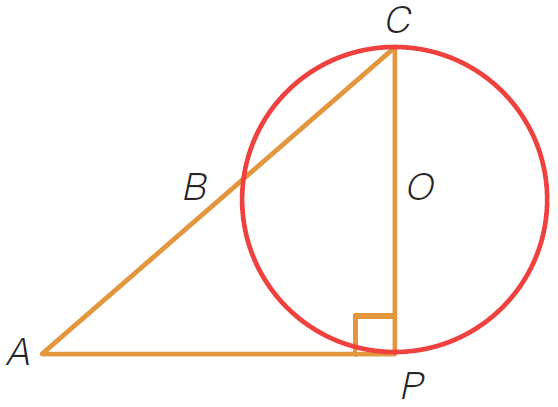An experiment was done to compare the effect of having a conversation via a hands-free mobile phone, having a conversation with an in-car passenger, and no distraction (baseline) on driving accuracy. Twenty participants from two different age groups (18–25 years and 26–40 years) took part. All participants in both age groups took part in all three conditions of the experiment (in counterbalanced order), and their driving accuracy was measured by a layperson who remained unaware of the experimental hypothesis.
Which of the following sentences regarding the results of the simple contrasts of the distraction variable is correct?

A. The first contrast tells us that driving accuracy was not significantly different when having a conversation with a passenger compared to when having no conversation, F(1, 18) = .03, p = .87.
B. The first contrast tells us that driving accuracy was not significantly different when having a conversation with a passenger compared to having a conversation via a hands-free mobile phone, F(1, 18) = .03, p < .87.
C. The first contrast tells us that driving accuracy was significantly different when having a conversation with a passenger compared to when having no conversations, F(1, 18) = .03, p = .001.
D. The first contrast tells us that driving accuracy was significantly different when having a conversation with a passenger compared to having a conversation via a hands-free mobile phone, F(1, 18) = .03, p < .87.
Answer: A
You might also like to view...
Qualitative research has its roots in the discipline(s) of
a. Sociology and Anthropology b. History c. Medicine d. a & b e. b & c
Praxis: In this circle with center O and radius 2, AP has length 3 and is tangent to the circle at P
?

?
If CP is a diameter of the circle, what is the length of AC?
a. 1.3
b. 2.0
c. 3.2
d. 5.0
The scholar who is credited with challenging the prevalent view of his era that children were simply miniature adults is:
a. Charles Darwin b. G. Stanley Hall c. Jean Jacques Rousseau d. John Dewey
In a math study with seventh graders, Group A is using computers and Group B is completing paper-and-pencil tasks. When students in Group B find out that Group A students are using the school's new computers, they become resentful and adopt a negative attitude toward the researcher and the study. What threat to internal validity has occurred?
a) Statistical regression b) Selection c) Subject effects d) Experimenter effects